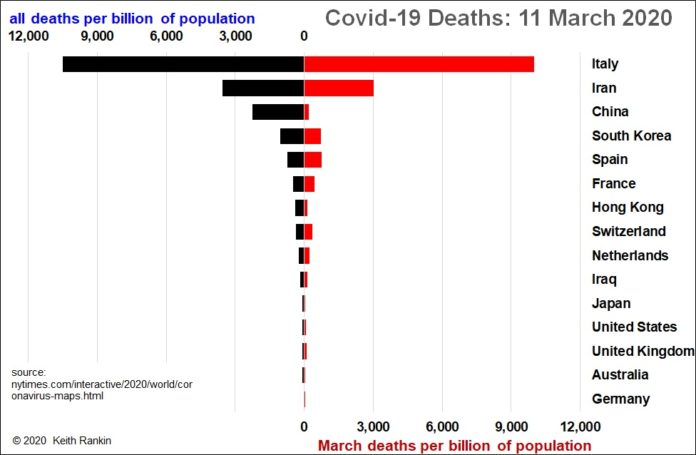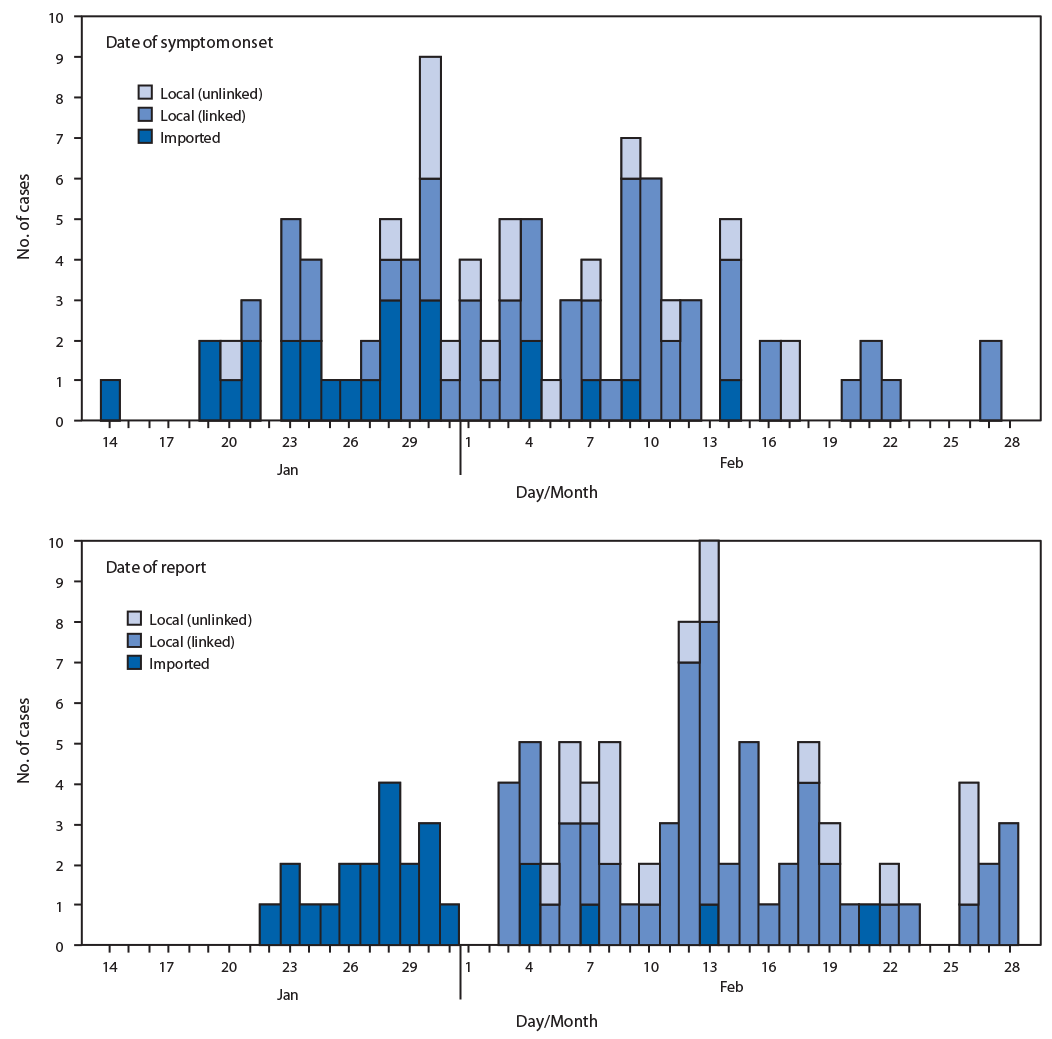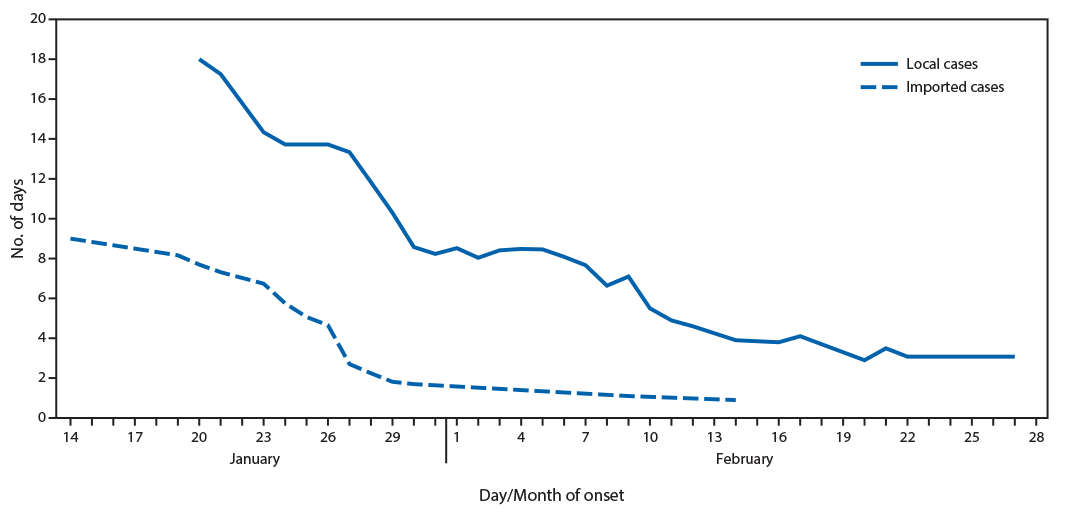COVID-19 Pandemic Incidence Rate Change Measure
An COVID-19 Pandemic Incidence Rate Change Measure is a incidence rate change measure for COVID-19 incidents (such as COVID-19 infection or COVID-19 death) during the COVID-19 pandemic.
- Context:
- See: COVID-19 Disease, Rate Change.
References
2020a
- (Rankin, 2020) ⇒ Keith Rankin (2020). "Keith Rankin Chart Analysis – UPDATE Covid-19 Virus: Deaths"
- QUOTE:

This chart of deaths by coronavirus (March deaths in red) clearly shows just how much worse this epidemic is in Italy than anywhere else. And the vast majority of these deaths are in Northern Italy. Milan is the new Wuhan, and Lombardy is the new Hubei. Except that total deaths per billion of the population in Italy now far exceeds that of China. Italy’s death toll of 10.5 per million (so far) is equivalent to 52 deaths in a country the size of New Zealand.
- QUOTE:
2020b
- (WHO, 2020) ⇒ World Health Organization (2020). "Global research on coronavirus disease (COVID-19)". Retrieved:2020-03-15.
- QUOTE: WHO is gathering the latest scientific findings and knowledge on coronavirus disease (COVID-19) and compiling it in a database. We update the database daily from searches of bibliographic databases, hand searches of the table of contents of relevant journals, and the addition of other relevant scientific articles that come to our attention. The entries in the database may not be exhaustive and new research will be added regularly.
2020c
- (WHO, 2020) ⇒ World Health Organization (2020). Novel Coronavirus (COVID-19) Situation Dashboard. Retrieved:2020-03-15.
- QUOTE:

|
=== 2020d ===
- (Ng et al., 2020) ⇒ Yixiang Ng, Zongbin Li, Yi Xian Chua, Wei Liang Chaw, Zheng Zhao, Benjamin Er, Rachael Pung, Calvin J. Chiew, David C. Lye, Derrick Heng, and Vernon J. Lee (2020). "Evaluation of the Effectiveness of Surveillance and Containment Measures for the First 100 Patients with COVID-19 in Singapore — January 2–February 29, 2020". MMWR Morb Mortal Wkly Rep. ePub: 13 March 2020. DOI:10.15585/mmwr.mm6911e1.
- QUOTE: The earliest symptom onset date reported by a COVID-19 patient was January 14 (Figure 1). The epidemic curve peaked on January 30, when nine patients were identified, before declining to two to five patients per day on February 11 and continuing forward. International importations accounted for a majority of cases at the outbreak’s start before more local cases were detected. The mean interval from symptom onset to hospital isolation or quarantine was 5.6 days (median = 5 days; IQR = 2–8 days). The 7-day moving average of the interval from symptom onset to isolation declined significantly across the study period for both imported and local cases, from 9.0 and 18.0 days to 0.9 and 3.1 days, respectively (p<0.001) (Figure 2). Among the 53 patients first identified through contact tracing, 13 (24.5%) were contacted on or before the date of symptom onset.

|

|
2020e
- (Ghinai et al., 2020) ⇒ Isaac Ghinai, Tristan D McPherson, Jennifer C Hunter, Hannah L Kirking, Demian Christiansen, Kiran Joshi, Rachel Rubin, Shirley Morales-Estrada, Stephanie R Black, Massimo Pacilli, Marielle J Fricchione, Rashmi K Chugh, Kelly A Walblay, N Seema Ahmed, William C Stoecker, Nausheen F Hasan, Deborah P Burdsall, Heather E Reese, Megan Wallace, Chen Wang, Darcie Moeller, Jacqueline Korpics, Shannon A Novosad, Isaac Benowitz, Max W Jacobs, Vishal S Dasari, Megan T Patel, Judy Kauerauf, E Matt Charles, Ngozi O Ezike, Victoria Chu, Claire M Midgley, Melissa A Rolfes, Susan I Gerber, Xiaoyan Lu, Stephen Lindstrom, Jennifer R Verani, Jennifer E Layden, and Illinois COVID-19 Investigation Team (2020). "First Known Person-To-Person Transmission Of Severe Acute Respiratory Syndrome Coronavirus 2 (SARS-CoV-2) In The USA" In: The Lancet Published:March 13, 2020. DOI:10.1016/S0140-6736(20)30607-3
- QUOTE: Coronavirus disease 2019 (COVID-19) is a disease caused by severe acute respiratory syndrome coronavirus 2 (SARS-CoV-2), first detected in China in December, 2019. In January, 2020, state, local, and federal public health agencies investigated the first case of COVID-19 in Illinois, USA (...)
Patient 1 is a female in her 60s who travelled to Wuhan on Dec 25, 2019, and returned to Illinois on Jan 13, 2020, and who was not symptomatic while travelling. In Wuhan, she visited a hospitalised relative regularly and visited other family members who had undiagnosed respiratory illnesses, one of whom was later hospitalised with viral pneumonia. No contacts had laboratory-confirmed COVID-19, but it is unknown whether any were tested for SARS-CoV-2.
On DOI 6, she sought care at an outpatient clinic for fever, fatigue, and cough and was hospitalised that day for pneumonia. She was reported to public health authorities as a PUI on DOI 7. Retrospectively, she reported that her symptoms, which also included nausea, abdominal discomfort, and dizziness, started as early as 6 days before admission (figure).
- QUOTE: Coronavirus disease 2019 (COVID-19) is a disease caused by severe acute respiratory syndrome coronavirus 2 (SARS-CoV-2), first detected in China in December, 2019. In January, 2020, state, local, and federal public health agencies investigated the first case of COVID-19 in Illinois, USA (...)

|
2020f
- (ECDC, 2020) ⇒ European Centre for Disease Prevention and Control (2020). "Novel Coronavirus Disease 2019 (COVID-19) Pandemic: Increased Transmission In The EU/EEA And The UK – Sixth Update". Published: 12 March 2020.
- QUOTE: Currently, EU/EEA countries’ epidemiological situation varies by region, but analysis of the epidemic progression indicates that the situation in Italy and other EU/EEA countries are generally following the epidemic curve that was noted in China during January and February and by South Korea in recent weeks. While most countries in the EU/EEA and the UK are currently in scenario 2, all available data indicates that they are very rapidly moving toward a scenario of sustained community transmission of COVID-19 (scenario 3). The situation is evolving quickly, and the currently notified cases reflect a situation in terms of transmission pressures about a week ago. Therefore, a proactive and aggressive approach is needed to delay transmission, as containing transmission in a specific area or country in the EU/EEA is no longer considered feasible (Figure 1). A rapid shift from a containment to a mitigation approach is required as the rapid increase in cases anticipated in the coming days to few weeks may not provide decision makers and hospitals enough time to realise, accept and adapt their response accordingly if not implemented ahead of time.

|